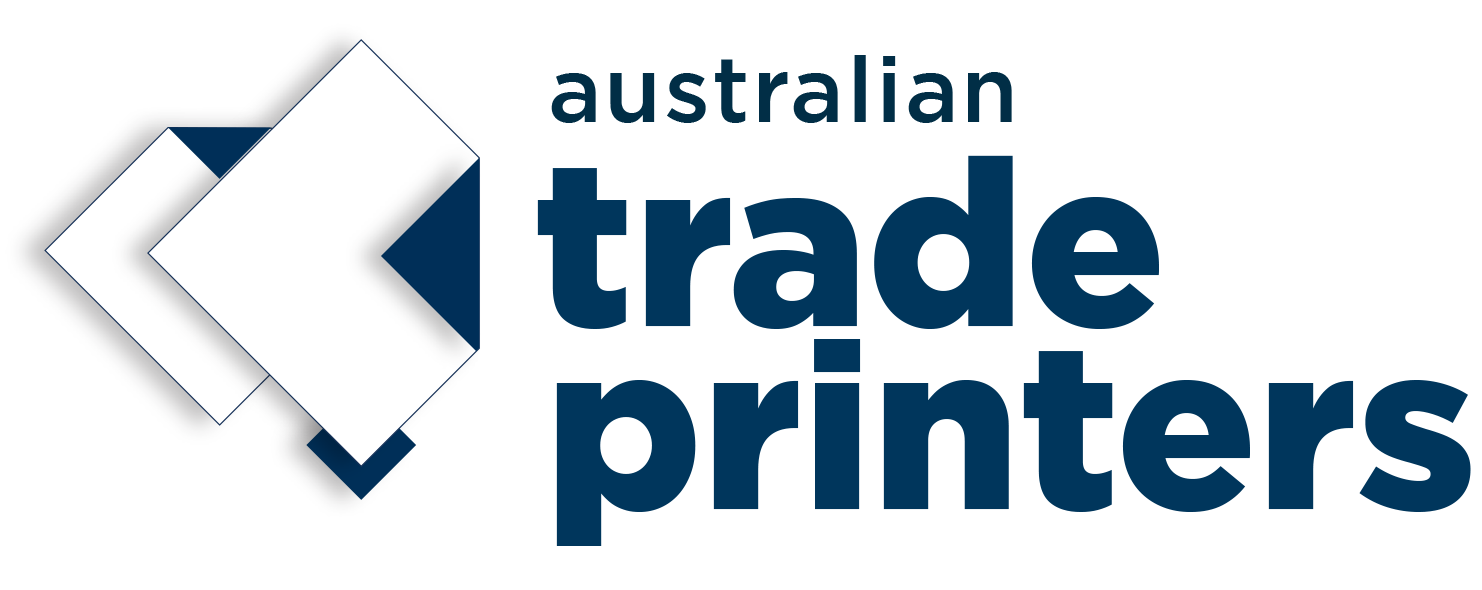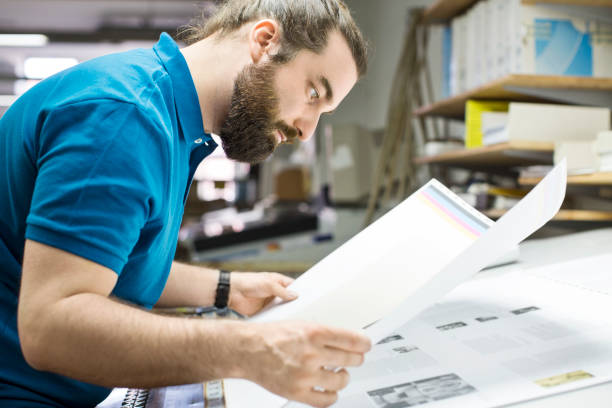
The quality of paper used in a bi-fold brochure plays a crucial role in determining their overall effectiveness in capturing and engaging the target audience. The choice of paper can impact the perceived value and professionalism of the brochure, as well as the durability and tactile experience for recipients. Printing on high-quality paper can create a positive impression, enhance readability, and make the brochure more memorable. In this section, we will explore the various aspects of paper quality and how it influences the effectiveness of bi-fold brochures.
Key Takeaways:
- The choice of paper quality significantly impacts the effectiveness of bi-fold brochures.
- High-quality paper enhances the perceived value and professionalism of the brochure.
- Durable and tactile paper provides a better experience for recipients.
- Printing on high-quality paper improves readability and makes the brochure more memorable.
- Consider the various aspects of paper quality when designing bi-fold brochures.
Understanding Bi Fold Brochure Printing in Today’s Marketing Landscape
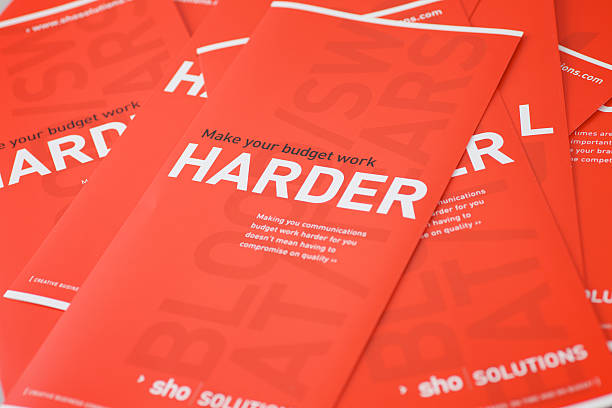
Bi-fold brochures remain a popular choice in today’s dynamic marketing landscape. They offer a versatile and cost-effective way to communicate information, promote products or services, and engage customers. With their foldable design, bi-fold brochures provide ample space for impactful visuals and compelling content, enabling businesses to effectively convey their messages to their target audience.
Bi-fold brochure printing plays a critical role in bringing these marketing materials to life. The printing process ensures that the brochures are produced with precision, vibrant colors, and professional finishes. By understanding the importance of bi-fold brochure printing, businesses can optimize the impact of their marketing campaigns and captivate their audience.
When it comes to marketing strategies, businesses need to keep up with changing trends and consumer preferences. Bi-fold brochures offer several advantages that make them relevant in today’s marketing landscape. Firstly, they are portable and can be easily distributed in various settings, such as trade shows, conferences, and events. This enables businesses to reach a wide range of potential customers and create brand awareness.
Secondly, bi-fold brochures are versatile in their functionality. They allow businesses to showcase their original content and/or services, share company information, highlight key features, and promote special offers or discounts. This versatility makes bi-fold brochures a valuable tool for both informational and promotional purposes, providing businesses with a comprehensive way to engage their audience.
Lastly, bi-fold brochures offer a tangible and tactile experience for recipients. The physical nature of the brochure allows customers to interact with the content, flipping through pages and absorbing information at their own pace. This sensory experience creates a more memorable and engaging interaction, enhancing the overall impact of the marketing message.
In conclusion, bi-fold brochure printing plays a crucial role in today’s marketing landscape. By understanding the benefits and relevance of bi-fold brochures, businesses can harness their potential to effectively communicate their messages and drive customer engagement. In the next section, we will delve into the critical elements of paper quality for bi-fold brochures, exploring how the choice of paper can further enhance the effectiveness of these marketing materials.
Critical Elements of Paper Quality for Your Bi Fold Brochure
In order to create a high-quality bi-fold brochure, it is essential to consider critical elements of paper quality that can greatly impact the overall effectiveness of your marketing material. These elements include paper density and weight, the finishes applied to the paper, and the choice between coated and uncoated paper.
The Significance of Paper Density and Weight
Paper density, measured in grams per square meter (GSM), refers to the thickness of the paper. A higher GSM indicates a thicker paper, which can convey a sense of professionalism and durability. The density and weight of the paper also affect the feel and durability of the brochure. By choosing the right density and weight for your bi-fold brochure, you can ensure that it stands out and leaves a lasting impression on your audience.
How Finishes Enhance the Perception of Your Brochure
The finishes applied to the paper of your bi-fold brochure play a significant role in enhancing its overall perception and visual appeal. Different finishes, such as matte or gloss coatings, can create various effects and convey different brand messages. A matte finish provides a sophisticated and elegant look, while a gloss finish adds shine and vibrancy to the design. By carefully selecting the right finish for your brochure, you can create a visual impact that captures the attention of your target audience.
Choosing Between Coated and Uncoated Paper
When it comes to printing a bi-fold brochure, choosing between coated and uncoated paper is a crucial decision. Coated paper has a smooth, glossy surface that enhances color vibrancy and provides a polished look, making it suitable for brochures that aim to impress. On the other hand, uncoated paper has a natural, textured surface that conveys a more organic and tactile feel, making it ideal for brochures that prioritize a more personal touch. The choice between coated and uncoated paper depends on the desired look and feel of your brochure and the message you want to convey to your audience.
| Coated Paper | Uncoated Paper |
|---|---|
| Smooth, glossy surface | Natural, textured surface |
| Enhances color vibrancy | Conveys a more organic and tactile feel |
| Provides a polished look | Offers a personal touch |
By carefully considering the various factors associated with paper quality, such as density, weight, finishes, and the choice between coated and uncoated paper, you can ensure that your bi-fold brochure not only grabs attention but also effectively communicates your message to your target audience.
Designing Your Bi Fold Brochure for Maximum Impact
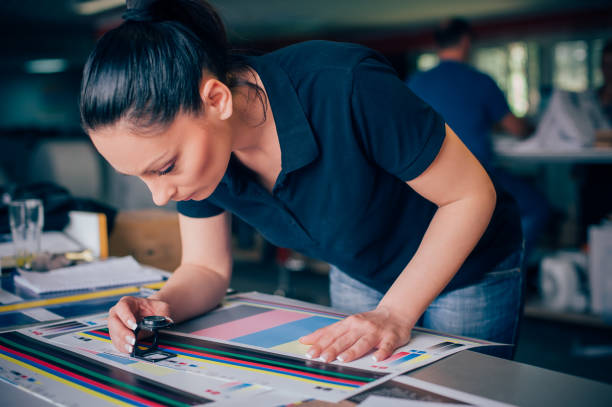
The design of a bi-fold brochure plays a crucial role in capturing the attention and interest of your target audience. To ensure maximum impact, it is essential to create a well-designed brochure that incorporates key principles and best practices.
Here are some tips for designing a bi-fold brochure that will engage your audience and convey your intended message effectively:
- 1. Clear and Visually Appealing Layout: Create a layout that is easy to navigate and visually appealing. Use proper alignment, spacing, and typography to enhance readability and guide the reader through the content.
- 2. Compelling Graphics: Incorporate high-quality images, illustrations, and infographics that are relevant to your message. These visuals can help communicate your key points and make your brochure templates more visually engaging.
- 3. Informative Content: Ensure that your content is informative, concise, and easy to understand. Highlight the unique features, benefits, or services that your company offers, and include compelling calls-to-action to encourage your audience to take the desired action.
- 4. Strategic Use of White Space: Incorporate white space in your design template to create balance and improve visual clarity. White space can help guide the reader’s attention and make your brochure look more professional and organized.
- 5. Alignment with Brand Identity: Your design should align with your brand identity, including elements such as color scheme, logo, photos, typography, and overall style. Consistency with your brand will help reinforce your message and create a cohesive visual identity.
- 6. Print-Friendly Design: Keep in mind the technical aspects of printing when designing your brochure. Ensure that your design is print-friendly and can be reproduced accurately on the chosen paper stock.
By implementing these design principles, using th right design tools and best practices, you can create a bi-fold brochure that maximizes impact and effectively engages your target audience with your business.
Creating Content That Complements Paper Choices
When designing a bi-fold brochure, it is essential to consider how the content will complement the chosen paper quality. The layout and presentation of the content should take into account the characteristics of the paper, such as its thickness, texture, and finish. By strategizing the content layout in relation to the paper quality, you can optimize readability and enhance the visual appeal of your bi-fold brochure.
Strategizing Content Layout in Relation to Paper Quality
The layout of the content plays a crucial role in capturing the attention and interest of your audience. When selecting paper for your bi-fold brochure, you need to consider how the thickness and texture of the paper will affect the overall appearance of your content. A thicker, high-quality paper can handle more complex designs and provide a more substantial feel to your brochure. Similarly, a textured paper can add depth and visual interest to your content.
Additionally, the finish of the paper should be taken into account when strategizing the content layout. A gloss finish can enhance the vibrancy of images and colors, making your visuals stand out. On the other hand, a matte finish can give your content a sophisticated and elegant look. By aligning the content layout with the chosen paper quality, you can create a cohesive and visually appealing bi-fold brochure.
Ask your print provider for free fold brochure templates. Most will be in Adobe, as these are the best for print design, however others can easily be sent via email which will allow you t use them as an online editor for text, to upload photos, and create your brochure content.
Integrating High-Quality Images and Text With Paper Selection
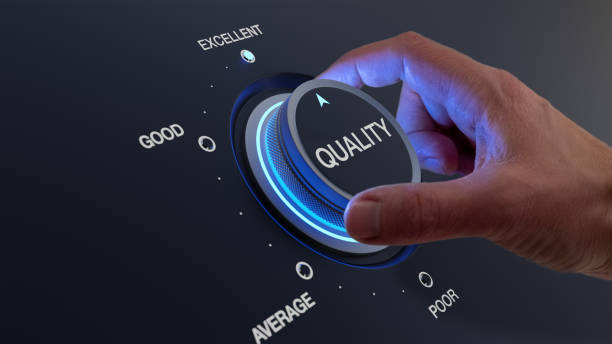
The integration of high-quality images and text is paramount in creating an impactful and visually appealing design for your bi-fold brochure. When selecting the paper, it is crucial to consider how it will affect the presentation of your images and the readability of your text.
The choice of paper can significantly impact the color vibrancy, image sharpness, and visual contrast of your brochure. Opting for a high-quality paper will ensure that your images are crisp and vibrant, capturing the attention of your audience. Moreover, the texture and finish of the paper can influence the readability of your text, so it’s important to select a paper that complements the font style and size used in your content.
By integrating high-quality images and text with the selection of paper, you can create a bi-fold brochure that leaves a lasting impression on your audience. The combination of visually striking visuals and easily readable text will enhance the overall effectiveness of your brochure.
| Benefits | Considerations | |
|---|---|---|
| Thicker Paper | Enhanced durability and professionalism | Higher production costs |
| Textured Paper | Added visual interest and depth | Potential readability issues with small text |
| Gloss Finish | Increased color vibrancy and visual impact | Potential reflection and glare under certain lighting conditions |
| Matte Finish | Sophisticated and elegant appearance | Potential dulling of colors and images |
Customizing Bi Fold Brochures to Reflect Your Brand Identity
Evaluating the Effect of Paper Quality on Brand Perception
The paper quality used in bi-fold brochures plays a crucial role in shaping how your brand is perceived. By carefully selecting the right paper, you can effectively communicate your brand’s values, professionalism, and attention to detail. Opting for high-quality paper elevates the perception of your brand, conveying a sense of luxury and reliability. On the other hand, using low-quality paper can diminish your brand’s credibility and make it appear less trustworthy. Therefore, when customizing your bi-fold brochures, it is essential to consider the impact of paper quality on your brand’s image and reputation.
The Role of Custom Sizes, Folds, and Paper Types in Branding
Customization goes beyond the choice of paper quality and extends to the sizes, folds, and types of paper used in your bi-fold brochures. By opting for unique sizes and folds, you can create a visually appealing and distinctive brochure that stands out from the competition. Custom sizes allow you to break away from standard dimensions and grab the attention of your target audience. Additionally, different paper types provide an opportunity to align your brand with sustainability initiatives or convey a particular message. For instance, choosing recycled paper can showcase your commitment to environmental responsibility.
Furthermore, the selection of specific folds can enhance brand perception and create an interactive experience for your audience. Whether it’s a simple half-fold, a gate-fold, or a z-fold, each folding option offers a different way to showcase your content and engage readers. By customizing the sizes, folds, and paper types of your bi-fold brochures, you can reinforce your brand identity and differentiate yourself from competitors in a meaningful and memorable way.
Conclusion
In conclusion, the choice of paper quality in bi-fold brochures is crucial in determining their overall effectiveness. The paper quality directly affects how the brochure is perceived by the target audience, including its value, professionalism, durability, and aesthetic appeal. By carefully considering the paper density, weight, finishes, and type, you can enhance the impact of your bi-fold brochures and leave a lasting impression.
As you move forward with your next print project, it’s important to make informed choices regarding paper quality, finishes, and design elements. Ensure that these elements align with your brand identity and convey your intended message effectively. Gaining access to the right printing service provider is also essential in achieving the desired outcome, so be sure to work with a reliable and experienced company that can guide you through the process.
By understanding the significance of paper quality and making informed choices, you can create bi-fold brochures that stand out from the competition, engage your target audience, and effectively communicate your message. So take the next steps in your print project with confidence and create brochures that leave a lasting impact!
